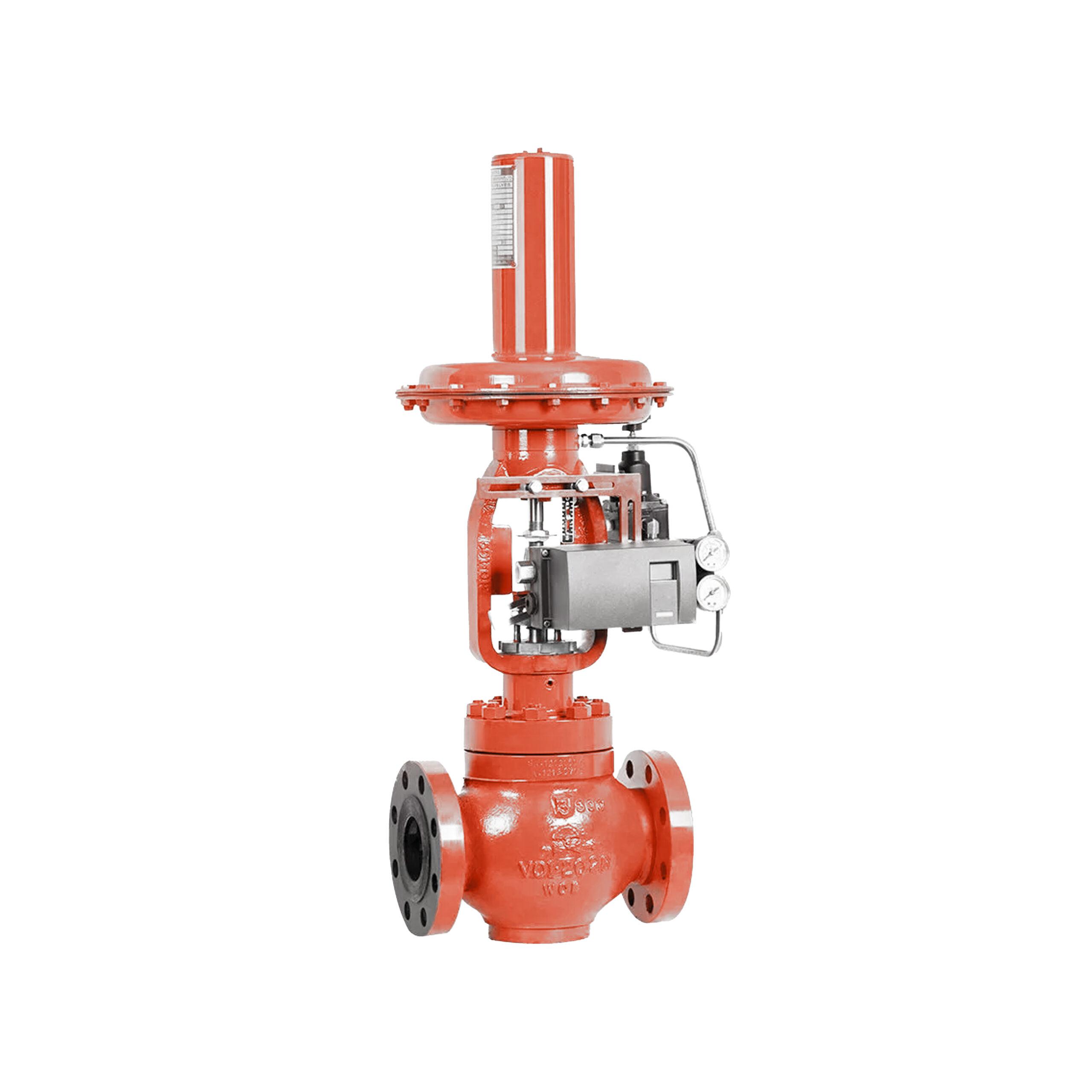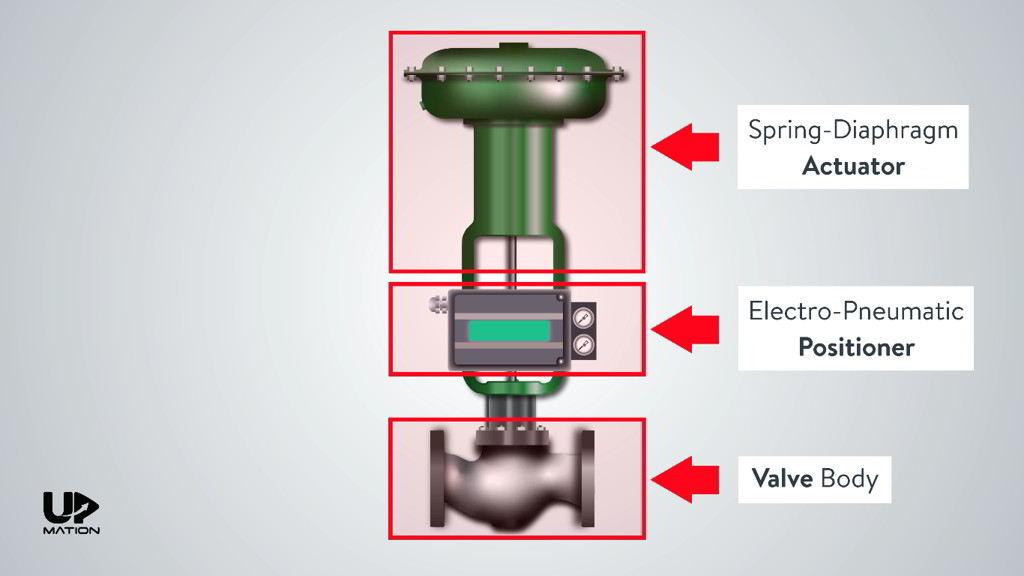
Maximize Energy Savings and Comfort With Advanced Structure Automation Controls
In the world of contemporary architecture and facility monitoring, the combination of advanced structure automation controls stands as a pivotal improvement. The convergence of technology and sustainability has actually birthed a new period where power efficiency, convenience optimization, and functional streamlining are no more possible truths yet remote goals. By harnessing the power of automation, buildings can adapt, respond, and develop in manner ins which were when inconceivable. The possibility for significant power savings and boosted convenience is not just a pledge but a possibility waiting to be met. This paradigm shift in building monitoring holds the key to unlocking a world where environmental conscientiousness and owner wellness harmoniously exist together within the wall surfaces of our frameworks.
Energy Efficiency Conveniences
Energy efficiency benefits can dramatically reduce power intake and functional prices in buildings. Energy-efficient systems, such as innovative building automation controls, can enhance the use of sources like cooling, heating, and lights, leading to reduced power costs over time.
In addition, boosted power effectiveness can prolong the life expectancy of structure tools and systems. By operating much more successfully, HVAC systems, lighting fixture, and other building components experience less wear and tear, causing decreased maintenance and replacement expenses. Furthermore, energy-efficient buildings commonly regulate higher building values and rental prices, providing long-term economic advantages to owners.
Moreover, power effectiveness can improve occupant convenience and efficiency. Effectively regulated interior settings with optimal illumination and thermal problems create an even more conducive and enjoyable work area, resulting in boosted worker complete satisfaction and performance. Overall, the power performance advantages connected with advanced building automation controls are complex, encompassing cost savings, environmental stewardship, and occupant wellness.
Boosted Comfort Control
Enhancing comfort control in structure environments requires an advanced assimilation of advanced automation systems for optimal passenger well-being. By using advanced building automation controls, centers can customize the interior environment to satisfy the details requirements and preferences of owners. These systems allow precise guideline of illumination, ventilation, and temperature level, producing a productive and comfy atmosphere. Occupant contentment and performance are closely linked to thermal comfort, making it necessary to have systems in place that can adapt to changing conditions in real-time.
Boosted convenience control surpasses fundamental temperature modifications. It includes functions such as customized settings, tenancy sensing units, and natural light use to create a receptive and vibrant atmosphere. By including these innovative controls, buildings can not only enhance comfort however additionally improve energy effectiveness by maximizing system procedures based on actual tenancy and usage patterns. Ultimately, prioritizing owner convenience through innovative automation systems brings about a more satisfying and much healthier indoor atmosphere.
Functional Effectiveness Improvements

In addition, the application of real-time surveillance and analytics tools enables building operators to determine energy ineffectiveness and operational abnormalities immediately. By continuously monitoring power use patterns and system efficiency metrics, adjustments can be made in real-time to optimize power consumption and guarantee peak functional effectiveness. control valves. Furthermore, including demand reaction methods into structure automation controls can additionally enhance functional performance by dynamically readjusting power use based on grid problems and rates signals
Indoor Climate Optimization
Reliable indoor climate optimization is a fundamental aspect of structure automation controls, making sure passengers' comfort and wellness while taking full advantage of power savings. By making use of innovative sensing units and controls, constructing automation systems can continually change and check temperature level, humidity degrees, air quality, and ventilation to create an optimal indoor environment. Preserving regular and comfortable conditions not only improves owner satisfaction but likewise improves performance and total wellness.
Interior environment optimization also plays a vital function in power effectiveness. By fine-tuning ventilation, cooling, and heating systems based on real-time data and tenancy patterns, constructing automation controls can significantly minimize power intake - control valves. Executing methods such as demand-controlled air flow and thermal zoning can assist minimize energy waste while guaranteeing that each location of the building gets the essential conditioning.

Lasting Atmosphere Creation
Structure automation regulates not just maximize interior climate conditions for energy efficiency and resident comfort yet additionally lay the structure for creating a lasting atmosphere through critical monitoring of sources and systems. By incorporating sophisticated structure automation technologies, such as sensors, actuators, and smart software program, facilities can readjust and keep an Find Out More eye on energy usage in real-time to minimize waste and reduce their carbon impact. These systems allow anticipating upkeep, recognizing possible issues prior to they rise and optimizing equipment efficiency to boost durability and efficiency.
In addition, sustainable setting creation prolongs beyond power management to incorporate water preservation, waste reduction, and indoor air high quality enhancement. Structure automation controls can control water usage, discover leaks, click to read more and ensure correct waste disposal methods, contributing to general sustainability initiatives. Additionally, by keeping an eye on and regulating ventilation and filtering systems, these modern technologies boost passenger health and efficiency while lowering energy intake connected with HVAC operations.
Final Thought
Finally, progressed building automation manages offer significant benefits in terms of power savings, comfort control, functional efficiency, interior environment optimization, and producing a lasting atmosphere. By carrying out these controls, buildings can accomplish optimum performance while reducing energy consumption and boosting owner comfort. It appears that making use of sophisticated automation modern technology is essential in enhancing structure performance and creating an extra sustainable future.
Energy performance benefits can considerably lower energy usage and functional prices in buildings. On the whole, the energy effectiveness benefits associated with advanced building automation controls are multifaceted, including price financial savings, environmental stewardship, and passenger health.
Additionally, incorporating demand feedback techniques right into structure automation controls can further boost operational performance by dynamically changing power usage based on grid problems and pricing signals.
Building automation manages not only maximize indoor climate problems for power efficiency and resident convenience yet additionally lay the foundation for developing a lasting setting through tactical administration of resources and systems.In final thought, advanced building automation manages deal significant benefits in useful site terms of power cost savings, convenience control, operational performance, indoor climate optimization, and developing a lasting setting.